|
Advertisement
|
The Game of Dr. Busby
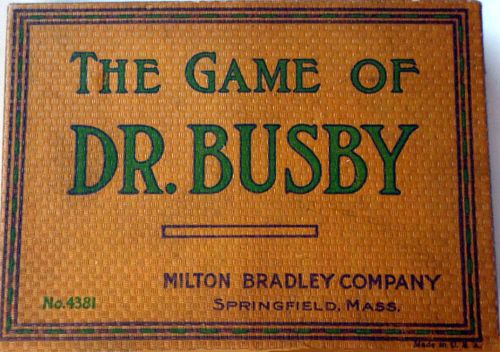
DescriptionDr. Busby is the first game to sell so many copies, that it is considered as having started the game craze in the United States. HISTORY: S(tephen). B. Ives continued to hold the Ives' games copyrights after he and his brother William dissolved the business in April, 1854 (as mentioned in William's newspaer, The Salem Observer). Stephen's son, Henry P. Ives partnered with A. Augustus Smith to take over the business until Henry bought Smith out in 1861 according to the 1861 Salem directory. Stephen, his son Henry, and elder son David (with a dry goods business in Boston) continued to publish the game until 1887 when the last remaining Ives' family member, Henry, sold the copyrights to George S. Parker. During the interimum, editions were printed by the Ives' family with Milton Bradley labels, Henry P. Ives and Selchow & Righter labels, S. B. Ives and E. G. Selchow labels, and S. B. Ives and E. G. Selchow and E. I. Horseman labels. According to a letter many publishers were associated with Dr. Busby until 1886 but they really were purchasing and reselling Ives' published games. In the 1890's McLoughlin Brothers ignored the copyright and put out there own version as did many other major American game manufacturers. That is why you see so many publishers of Dr. Busby in the 1890s. George S(winterton) Parker made grandiose claims about the games he published which lead to a number of mistakes by historians who failed to go back to the primary sources when describing the history of Dr. Busby. Consequently, sParker Brothers rulebook... "This game was the first ever published in America, being brought out of Salem in 1840." Anne Wales Abbot may have first made a prototype of Dr. Busby in 1840 but there are no primary sources to prove this is the case. It may be because the first edition that was published by W. & S. B. Ives is called The Improved and Illustrated Game Of Dr. Busby. Before that published edition with an 1843 copyright, no other earlier editions have been found with or without a copyright date. George S. Parker, in his 1895 edition of the board game, The Mansion Of Hapiness, made another incorrect claim. The game box cover states that The Mansion Of Happiness was the first board game published in America. There are at least three copies of F. & R. Lockwood's The Travellers' Tour Through The United States (copyright 1882) and one copy of F. &. R. Lockwood's The Travellers' Tour Through Europe in private and museum collections. So Parker was wrong in this claim too. RULES: The starting player begins by asking the player on his right for any card not in his own hand. If that player has the card he calls for, he gives it to him and the starting player may call for another card and so on until he calls for a card which the player doesn't have. Then the next player takes his turn, but must first call for those cards which have been called for and obtained by the first player. Thus it becomes a game of memory since any incorrect call ends a turn. When a player has called every card from the player on the right (thus putting that player out of the game), he may continue to call from the next player on the right. At the end of the game, the winner will have successfully called all the cards into his own hand. Game DiscussionsAdd CommentYou need to be logged in to comment. Insert Bullet List Please enter at least one item. Item: Item: Item: Item: Item: Insert Numeric List Please enter at least one item. Item: Item: Item: Item: Item: Insert Link Please enter the link of the website Optionally you can add display text Insert Email Please enter the email address Optionally add any display text Insert Image Please enter the link of the image Insert YouTube Video Please enter the link of the video MarketplaceNo listings at the moment. Do you own this game? Click here to list it for sale.
|
Best Sellers
Board Games
|
||||
Latest Searches: Arkham+Horror+second+Edition | star+wars+monopoy | Caroms | Robinson Crusoe Mystery Tales | Silver+City | U of m monopoly | Lake George-opoly | Hungry higgs | quote | Superman card game | kings+crossing | conex | west bank poly | Newark+opoly | Rivers | Fortune+and+glory | mississippi marbles | trivial pursuit games | San+Leandro+o+poly | Star+Wars+Black+Series+First+Order+Stormtrooper | peeg | Elbert | Star Wars The Black Series Boba Fett (Prototype Armor) | Bettyboop | Martin+trivia+cards | He+of+the+month | gals and guys | oh really | Marvel Avengers Iron Man FX Mask | runebound+seacond+ed
All Rights Reserved

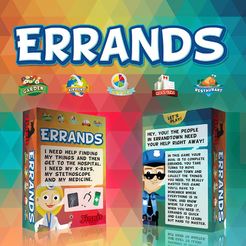

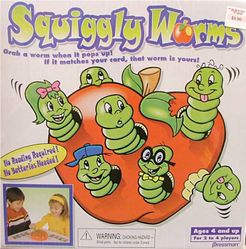

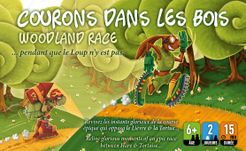

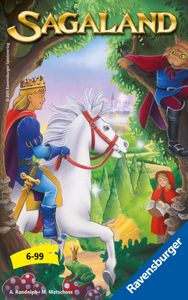
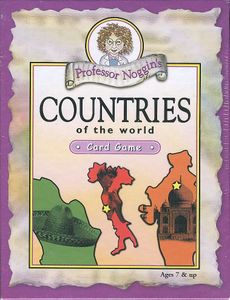
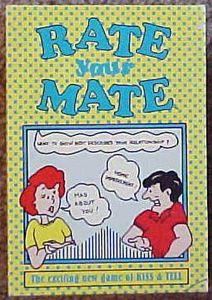
Comments (0)